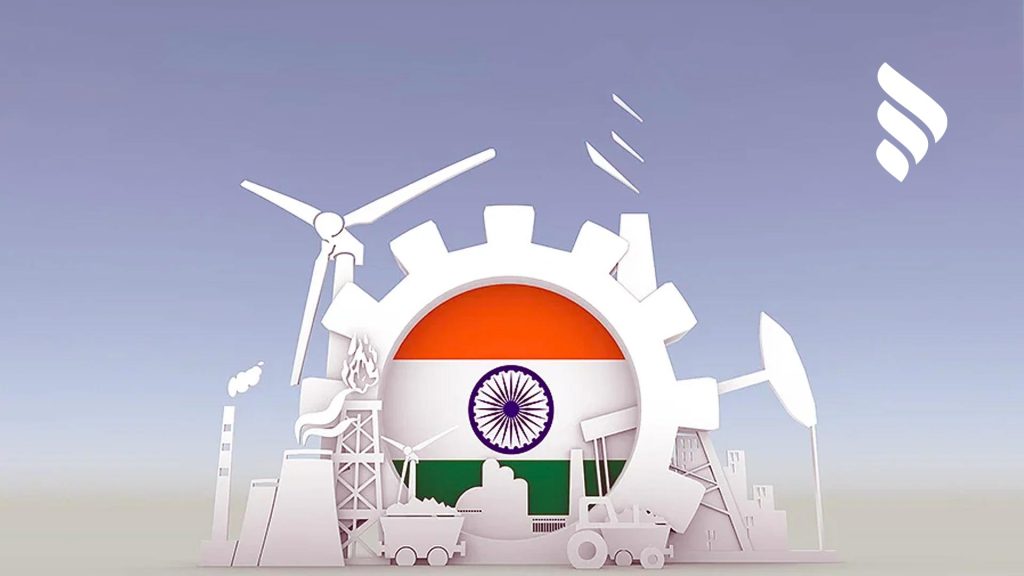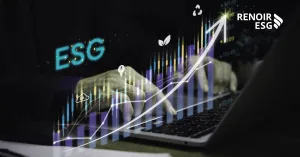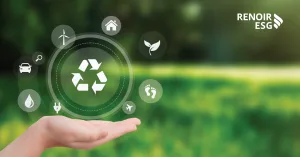Our new series examines the Carbon Border Adjustment Mechanism (CBAM). In part two, we discuss the impact of CBAM on India’s economy, particularly where the industries have a developing background of climate action with limited legislation. We will also explore the challenges and opportunities for these industries in India following the implementation of CBAM. Read part I here.
At a Glance
- The introduction of CBAM could have a profound impact on India’s economy by increasing costs and reducing demand for Indian products.
- Indian companies are expected to bear a significant financial burden, equivalent to 20%-35% of the tariffs when the EU begins to tax on the carbon emissions of steel and aluminium products entering its market.
- The availability of similar, lower carbon alternatives in the EU market and the carbon intensity of imported goods will affect India’s competitiveness.
India is an important player in international trade. With the implementation of the Carbon Border Adjustment Mechanism (CBAM), the country faces both opportunities and challenges. As a developing country, India has set itself the ambitious goal of becoming carbon neutral by 2070. However, the introduction of CBAM could have a mixed impact on India’s businesses and economy as a whole.
Challenges for high-emissions companies in India
The CBAM poses a number of challenges for Indian companies exporting to the European Union (EU) countries, particularly in the energy-intensive sectors and metals industries such as steel, aluminium, cement, and fertilisers. These new rules could have a profound impact on India’s economy by increasing costs and reducing demand for Indian products, thereby affecting their sales in Europe.
As India’s metal industry is heavily reliant on exports, the CBAM poses a major challenge for them. In 2022, up to 27% of India’s iron, steel and aluminium products were exported to the EU. From 1 January 2026, the EU will impose a tax on the carbon emissions of steel and aluminium products entering its market. Indian companies are expected to bear a significant financial burden, equivalent to 20%-35% of the tariffs.
Where there are challenges, there are opportunities
The CBAM can also provide opportunities for Indian businesses, if adopted appropriately. From reducing emissions to promoting cost efficiency and global competitiveness, it can generate revenue for the government through investment in sustainable initiatives and help create a more environmentally responsible and economically viable industrial landscape.
The CBAM provides an incentive for companies that manufacture products with lower emissions to enter markets in Europe. Companies will also innovate and switch to environmentally friendly processes to avoid the risks posed by the CBAM. The rules will encourage companies to invest in emission reduction measures and cleaner energy sources, which will reduce energy consumption and operating costs. These rules help to create a level playing field for all companies, new and old. They prevent high-emitting companies from accessing their legacy markets and refusing to supply emission-intensive products.
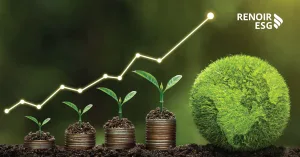
Transition Finance Explained: How it Supports the shift to net zero
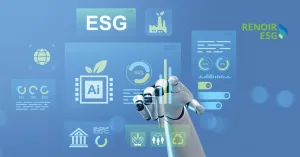
Can AI in ESG close the gap in data management?

How ESG ratings deliver value beyond corporate financial reporting

Part I. Understanding Carbon Border Adjustment Mechanism (CBAM)
Ready for a change in your organisation?
What are the impacts in India?
The impact of the CBAM on India will vary depending on the carbon intensity of the exported products. Products with higher emissions will face greater challenges than those with lower emissions. In addition, the availability of similar, lower carbon alternatives in the EU market and the carbon intensity of imported goods will affect India’s competitiveness.
For example, Turkey has a competitive advantage over India because it produces steel using electric arc furnaces, which have a lower carbon footprint. India is proactively working to address the potential impact of rising global expectations for emission reductions through several strategic measures.
First, a national carbon pricing mechanism is being developed to incentivise companies to reduce their emissions and improve competitiveness, in line with the EU’s carbon reduction targets. Secondly, the government is encouraging the adoption of renewable technologies such as solar and wind power, recognising the importance of renewable energy sources in reducing carbon emissions.
In addition, India has begun to explore the potential of carbon capture and storage (CCS) technologies, green hydrogen, and energy efficiency improvements to further reduce industrial emissions.
The way forward with CBAM as a catalyst for change
Minimising operational disruption during the transition to CBAM compliance is critical. Industries will need to strengthen their sustainability goals to ensure alignment with the CBAM requirements and other standards set by their global peers.
To effectively respond and prepare for the CBAM, some of the actions that can be taken to manage business vulnerabilities include:
- Clean Technology Investment: Invest in cleaner technologies to reduce carbon emissions and meet emerging environmental demands.
- Market Diversification: Explore new markets and export strategies to remain competitive despite the impact of CBAM on the EU market.
- Supply Chain Assessment: Evaluate the impact of CBAM on supply chains, identify potential weaknesses, and develop adaptation strategies.
- Supply Chain Emission Resilience: Establish robust systems for managing and ensuring transparency of emissions across supply chains to ensure compliance.
- Supply Chain Transformation: Shift to low-carbon suppliers and processes to reduce the carbon footprint of products.
Expert guidance to prepare for CBAM
RenoirESG’s multidisciplinary team of experts with diverse professional backgrounds can help. We have the credentials and track record to deliver world-class sustainability and climate change consulting services in line with the highest global sustainability standards.
To find out more about our full range of services, please visit this page.
Are you struggling to navigate this increasingly demanding ESG landscape?

